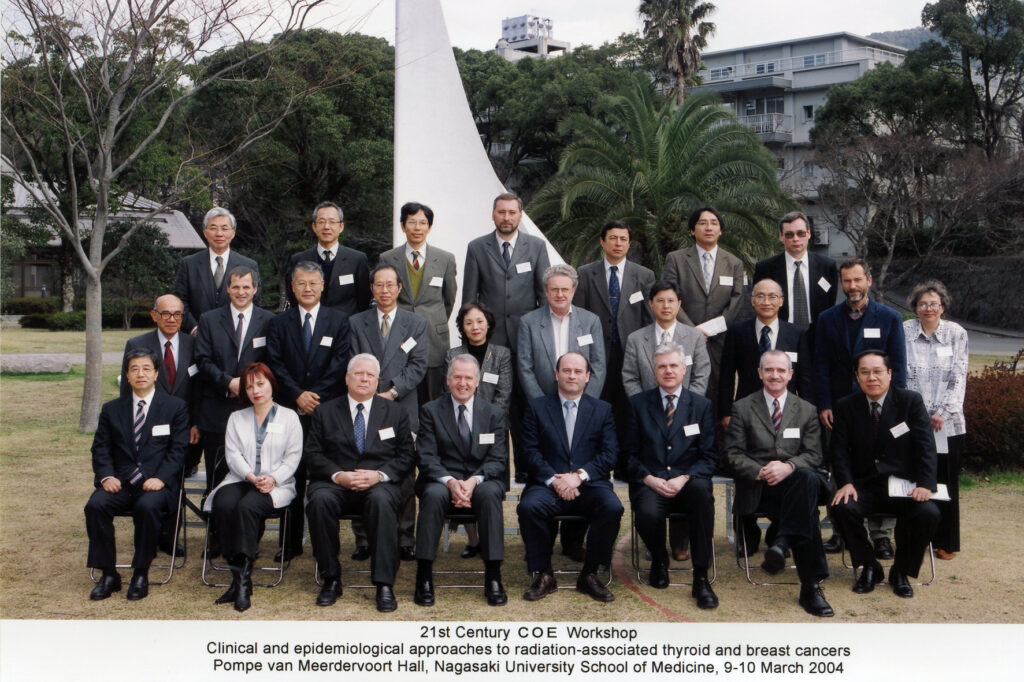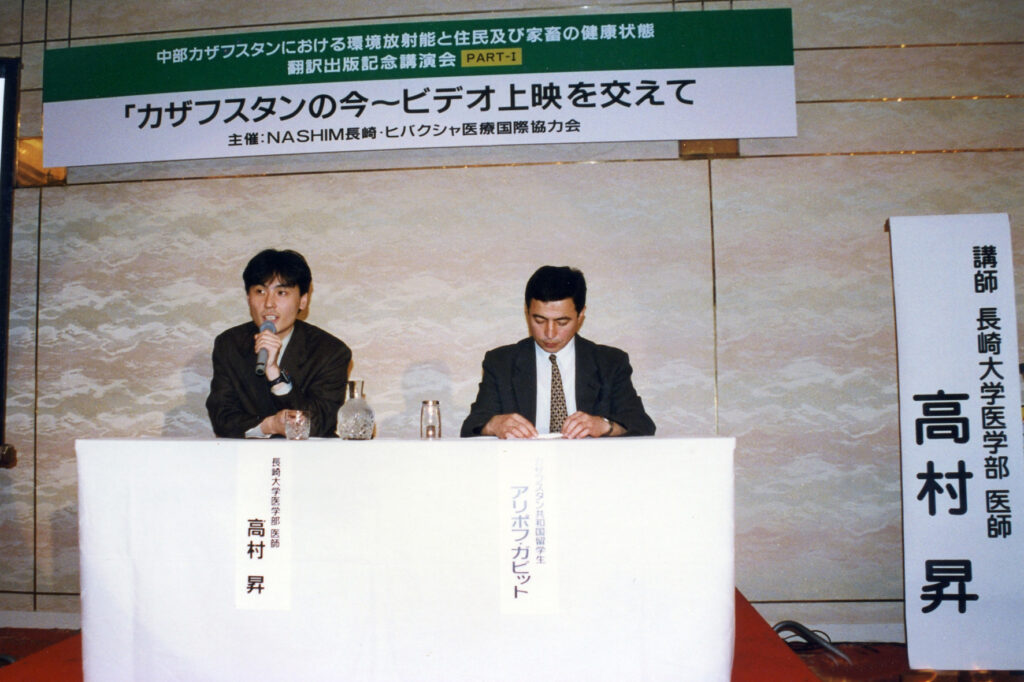

Our Foundation has an expert council of specialists with high competence in oncology, pathomorphology, with extensive research experience in the study of genetic consequences in generations of people who received radiation from atomic bomb explosions and victims of nuclear test sites. We support and develop work in the direction of research and development of rehabilitation methods for cancer patients, people who have received radiation exposure and their generations, people suffering from chronic diseases of various types.
According to WHO estimates, about 2.4 billion people worldwide currently suffer from diseases for which rehabilitation is indicated. Due to changes in health and sociodemographic characteristics, rehabilitation needs are projected to increase worldwide. Life expectancy is rising, with the population over 60 expected to double by 2050, and more people are living with chronic diseases such as diabetes, stroke and cancer. At the same time, injury rates and the prevalence of child development disorders remain at the same level. These pathological conditions can negatively affect a person’s functional capabilities and contribute to an increase in disability rates, which creates a need for rehabilitation. In many regions of the world, these growing rehabilitation needs are largely unmet. In some low- and middle-income countries, more than half of people eligible for rehabilitation services do not receive them.Throughout the world, rehabilitation needs remain unmet due to a number of factors:- Low level of priority for rehabilitation, insufficient funding, lack of policies or plans for the provision of rehabilitation services at the national level.- Lack of access to rehabilitation services outside urban areas and long waiting times.- High level of population spending on rehabilitation services at their own expense and the absence or inadequacy of financial support mechanisms.- Shortage of qualified specialists in the field of rehabilitation – in many low- and middle-income countries, the supply of qualified personnel is less than 10 specialists per 1 million people.- Lack of resources, including assistive technology, equipment and supplies.- The need to expand the number of scientific studies and the volume of data on rehabilitation.- Ineffective or underutilized mechanisms for referring patients to rehabilitation services. (https://www.who.int/news-room/fact-sheets/detail/rehabilitation, 2023).
We support WHO’s Rehabilitation 2030 initiative, which draws attention to the deep unmet need for rehabilitation worldwide and highlights the importance of strengthening health systems to support rehabilitation. This initiative marks a new strategic approach for the global rehabilitation community, highlighting that:- Rehabilitation should be available to the entire population and at all stages of life.- Efforts to strengthen rehabilitation should be aimed at supporting the health care system as a whole and integrating rehabilitation into all levels of health care.- Rehabilitation is an essential health service and is critical to achieving universal health coverage.With an aging population and an increasing number of people living with chronic diseases, rehabilitation is a priority healthcare strategy in the 21st century that uniquely helps optimize population functioning. (https://www.who.int/news-room/fact-sheets/detail/rehabilitation, 2023).
To learn more: https://www.who.int/news-room/fact-sheets/detail/rehabilitation
To learn more: https://www.who.int/ru/news-room/fact-sheets/detail/breast-cancer